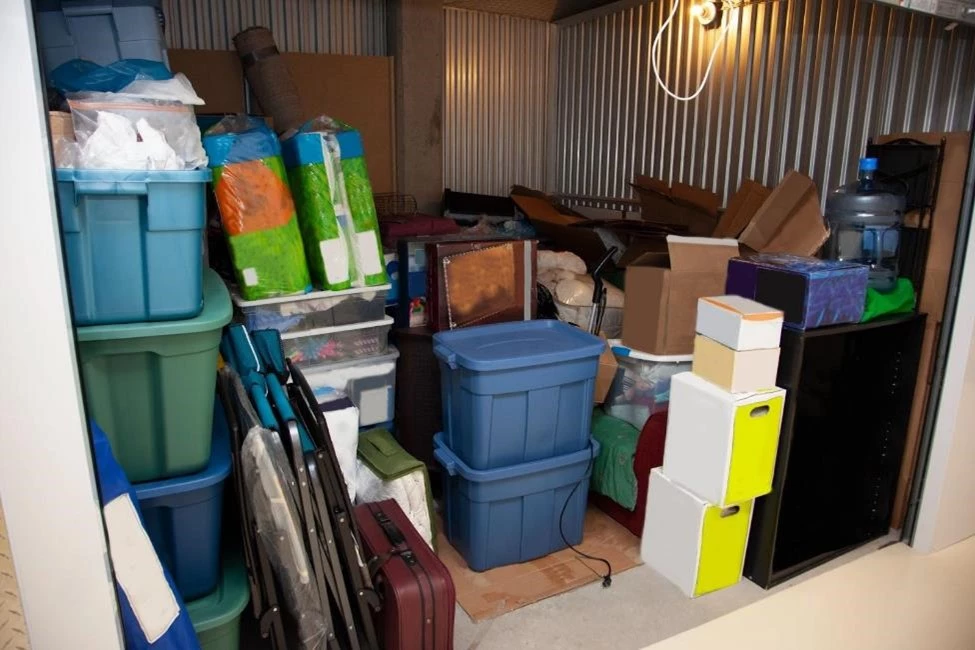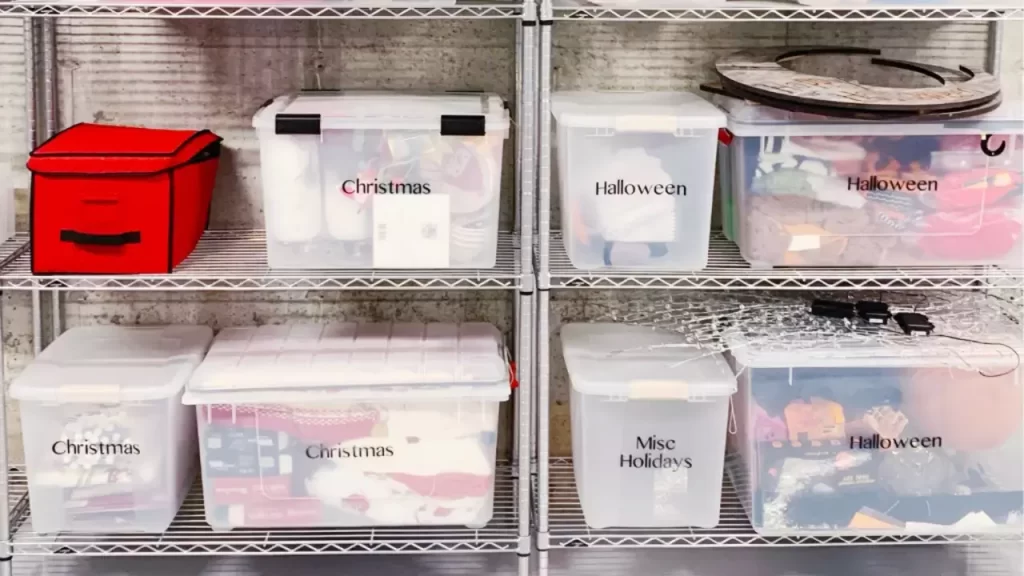
Content
Whether you’re swapping out summer clothes for winter layers or storing holiday decorations until next year, mastering the art of seasonal storage can help you reclaim space and keep your belongings in tip-top condition. So, let’s roll up our sleeves and get started!
1. Assess and Declutter
Before you even think about storage solutions, it’s crucial to assess your belongings and declutter. Ask yourself: Do I really need this item next season? If not, consider donating or selling it. Decluttering ensures you’re only storing what’s necessary, saving you space and simplifying the process.
2. Invest in Quality Storage Containers

Investing in the right storage containers can make all the difference. For clothing, opt for airtight plastic bins or vacuum-sealed bags to protect against moisture and pests. Transparent containers or clear labels can help you quickly identify what’s inside. For larger items like sporting equipment or holiday decorations, consider stackable bins or specialized storage solutions.
3. Clean and Prep Your Belongings
Properly clean and prep your seasonal items before storing them. Launder clothes, wipe down equipment, and ensure everything is completely dry to prevent mold and odors. For holiday decorations, wrap fragile items in bubble wrap or tissue paper, and consider using acid-free tissue paper to preserve delicate fabrics.
4. Create a Systematic Storage Plan
Organize your storage space systematically. Group similar items together, and label containers clearly. Store frequently used items within easy reach, and place less-used items toward the back. Consider using shelving or hooks to maximize vertical space in your storage area.
5. Climate Control and Pest Prevention

If possible, choose a storage area with climate control to protect your belongings from extreme temperatures and humidity. Use natural pest repellents like cedar sachets or lavender bags to deter insects from making your storage area their home.
6. Regularly Review and Rotate
Don’t forget about your stored belongings once they’re out of sight. Regularly review your storage to ensure items are still needed and in good condition. Rotate your seasonal belongings as the weather changes to access what you need easily.
In conclusion, mastering the art of seasonal storage is all about preparation, organization, and a little TLC for your belongings. By following these tips, you can simplify your life, declutter your space, and ensure that your seasonal items are in perfect condition when you need them.
FAQs
Can I store seasonal items in my garage or attic?
While garages and attics are convenient spaces, they can be subject to extreme temperature fluctuations. It’s best to use climate-controlled storage areas for sensitive items like clothing and holiday decorations. If you must use these spaces, consider insulating them and using extra precautions against moisture and pests.
What should I do with seasonal items that are no longer needed?
If you have seasonal items that you no longer need, consider donating them to a local charity or selling them online. Recycling and repurposing are also eco-friendly options. Decluttering your space not only helps others but also makes your seasonal storage more efficient.

My name is Gwen Elmore. I post about home improvement ideas and how to make your home look beautiful and liveable. I hope my posts will help you with your DIY projects!








